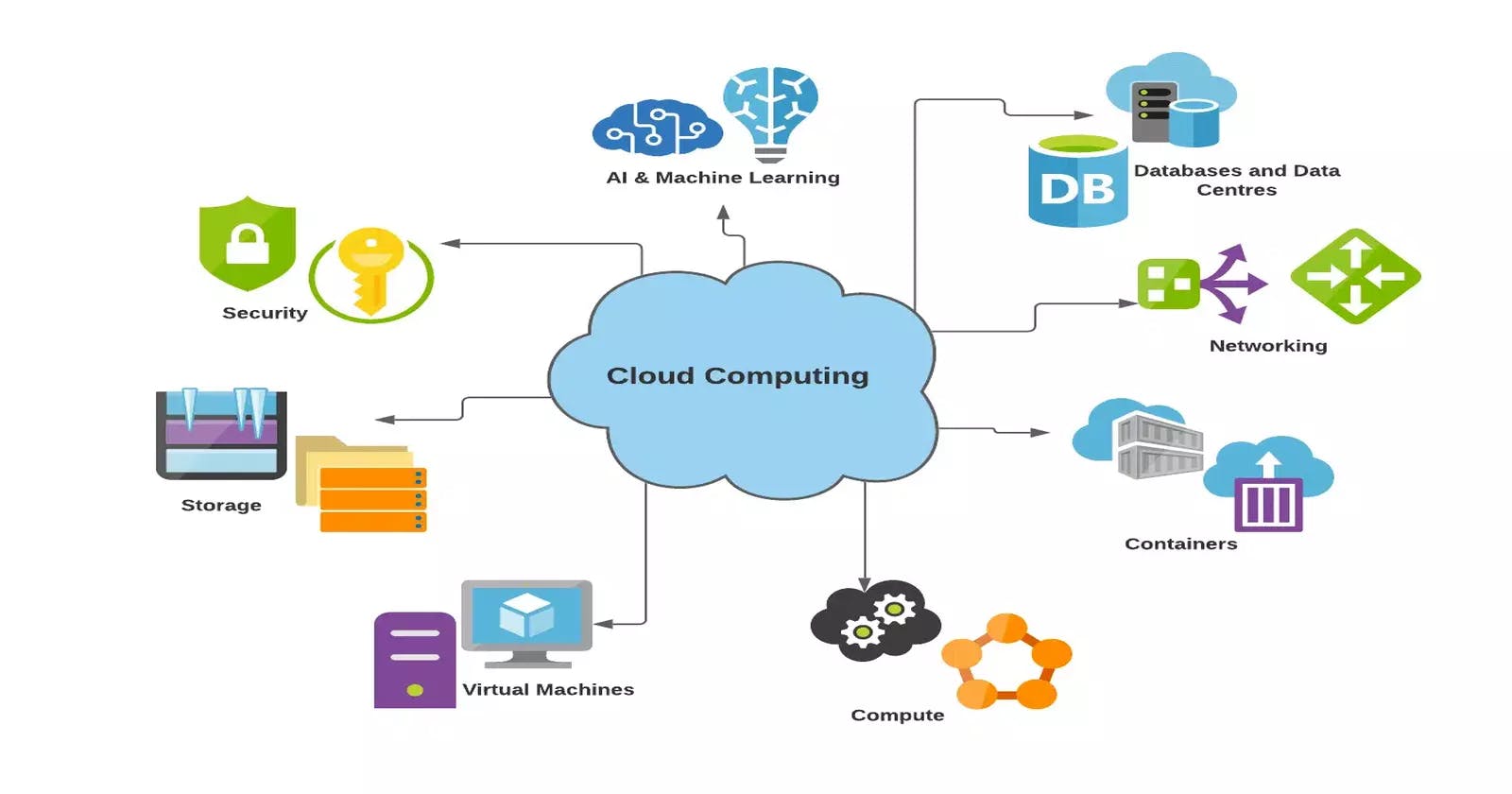AWS (Amazon Web Services) Fundamentals
Why is AWS even worth discussing
Table of contents
When the need for large and quasi-endlessly scaling Information Technology needs arose out of increased adoption of IT, firms needed a way to ensure they served their customers efficiently, reliably and profitably. Most of them went into buying much computing, network and overall IT infrastructure spending, Amazon, et al joined this trend to serve well. But from this solution emanated the issue of overprovisioning and in a bid to maximize cost - Amazon considered renting out the unused IT infrastructural capacity to other firms at a cost. Though, before now, there were already attempts at sharing infrastructure among IT firms, AWS was the birth of the first active cloud service provider.
What is Cloud computing
Before we go too far into this discussion and miss the basics, it will be wise to define the core term of this whole piece of technical writing - Cloud Computing.
Cloud computing is the accessing of on-demand limitless Information Technology capacity over the browser on a pay-you-go basis. This means that one can provision and use computing capacity, networking infrastructure, databases or storage capacity over the internet and pay for only the capacity used. Essentially, one no longer needs to spend massively to set up an IT solution or enterprise; all that is needed is a browser, the internet and know-how to move an idea into a working Information Technology solution within minutes or hours.
Though AWS was the first firm to go to market with this model of IT service delivery, some other cloud providers include; Google Cloud, Microsoft Azure, Oracle Cloud Infrastructure, etc.
AWS in cloud computing
The AWS Global infrastructure is a collection of AWS Centers (buildings), networks and appliances that are aggregated to bring customers seamless, reliable, cost-effective and highly available compute, storage, network and databases solutions on a pay-as-you-go basis. Knowing this gives us the understanding that there is a shared responsibility between the customers and the provider (AWS). This means that for efficient and effective operations of the cloud platform in meeting the needs of customers; there are things that fall within the control of the customer and some that fall under the control of the provider.
Below is the core services offered by AWS and the parts they play in the whole cloud computing space.
Compute: EC2, Lambda, Elastic Beanstalk
Storage: S3, EBS, EFS, FSx Storage Gateway
Databases: RDS, DynamoDB, Redshift
Networking: VPC, Direct Connect, Route 53, API Gateway, AWS Global Accelerator
Identity and Access Management (IAM):
The first four above are the core services whose combinations or aggregation grants us the almost inexhaustible number of solutions and services that are available on the AWS cloud. The fifth offering is just like the gate to every important infrastructure, it is the service that grants customers the power to apply control and limitations to what can be done by who or what service can be accessed by who or what.
We are going to take a deeper view of the above core services and more in the coming articles. Stay connected.
Your's in the Cloud

